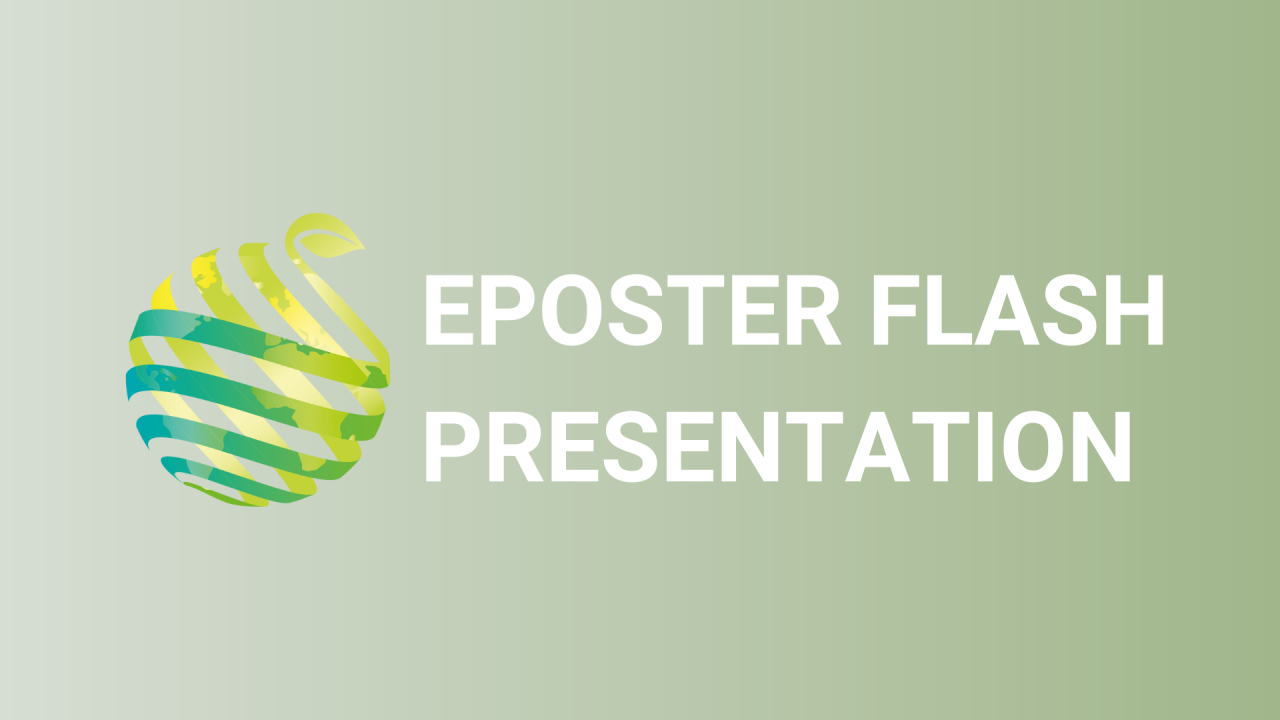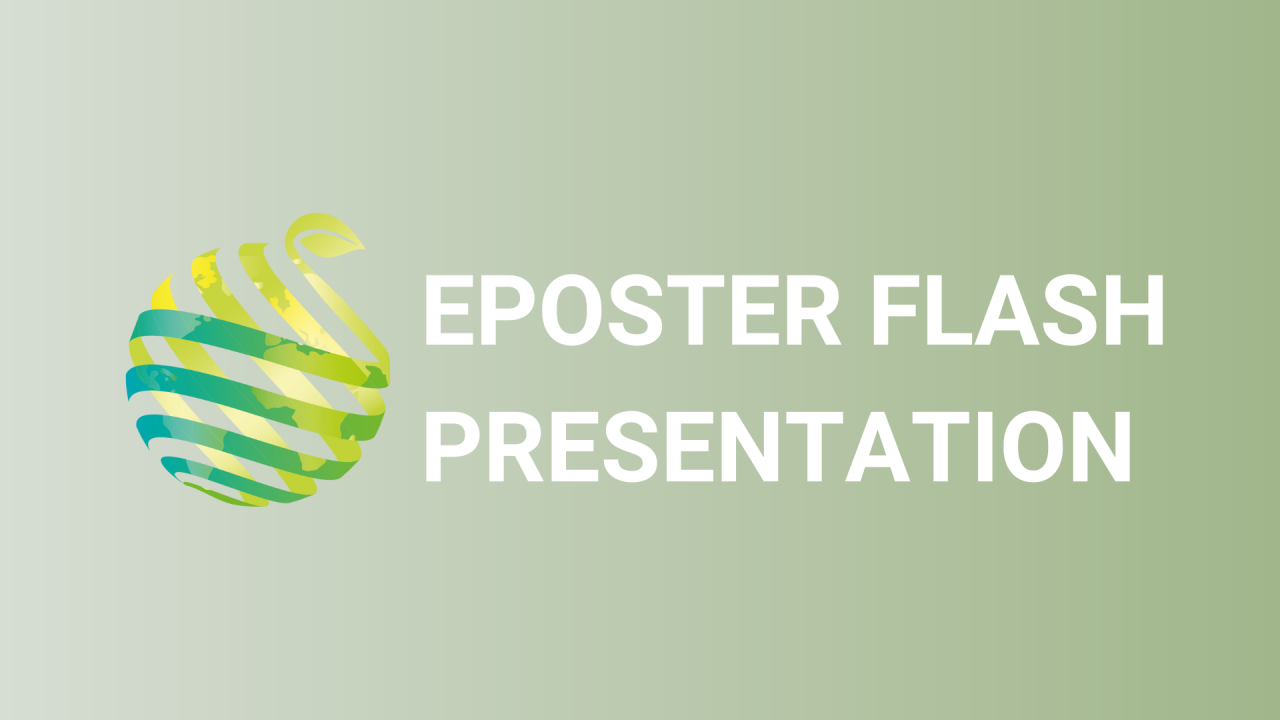

S06 - Session P18 - Real-Time, On-Farm Soil Monitoring Methods for In-season Management of Fertigation in Vegetable Crop Protected Cultivation Systems
Information
Authors: Andrew Blunk *, Francesco Di Gioia
Protected cultivation production systems can provide benefits to crop yields and crop quality however these benefits are contingent upon proper management of soil health and fertility. The implementation of in-season soil monitoring could be a useful practice to track the changes of soil health indicators throughout the growing season and allow growers to adjust the fertilization program in real-time, while preserving soil health. A study was conducted, in 2021, to evaluate the ability of two simple on-farm soil monitoring methods, and multiple handheld electrodes, to track changes in soil pH, electrical conductivity (EC) and nitrate level throughout the tomato crop growing season. The test crop was fertilized via fertigation and received four levels of nitrogen (N): 0 (N0), 84 (N1), 168 (N2) and 336 (N3) kg/ha of N. Every two weeks, soil solution samples of each plot were collected using both suction lysimeters and the Sonneveld 1:2 v:v soil-water extraction method. Collected samples were analyzed using handheld pH, EC, and nitrate sensors. Results indicated that in-season changes in soil pH, EC and nitrate levels were more consistent when using the 1:2 v:v soil-water extraction method as compared to the suction lysimeter soil solution sampling technique. Monitoring the soil solution throughout the growing season allowed to detect excess of N associated with the highest levels of N fertilization which correlated positively with high levels of EC. Moreover, relatively high rates of N mineralization were observed throughout the growing season suggesting that N fertilization may have not been necessary or could be reduced throughout the growing season. While further research is needed to validate the use of portable ion-selective electrode sensors, the soil-water extraction method seems ideal to monitor directly on-farm the level of nutrients readily available to the plant and adjust the fertilization program during the growing season.